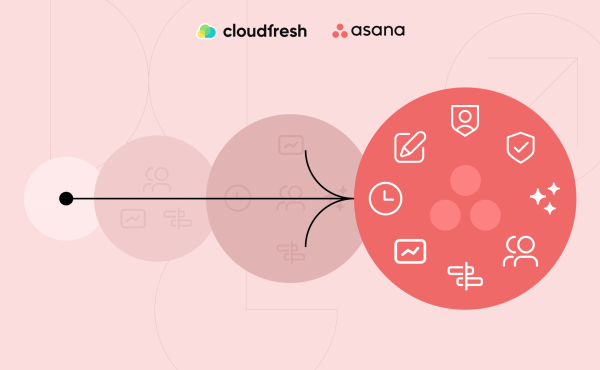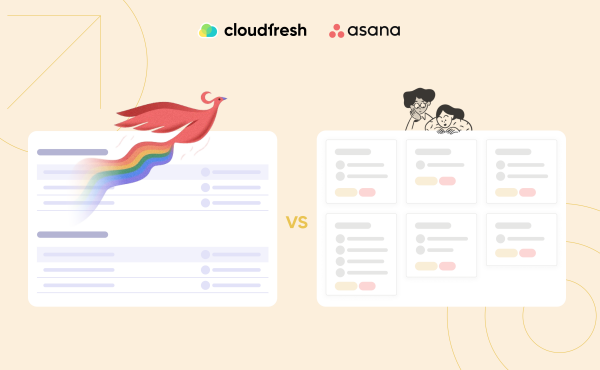What’s New in Asana: Exploring New Pricing Plans in 2024
2024: The Year Project Management Techniques Meet AI
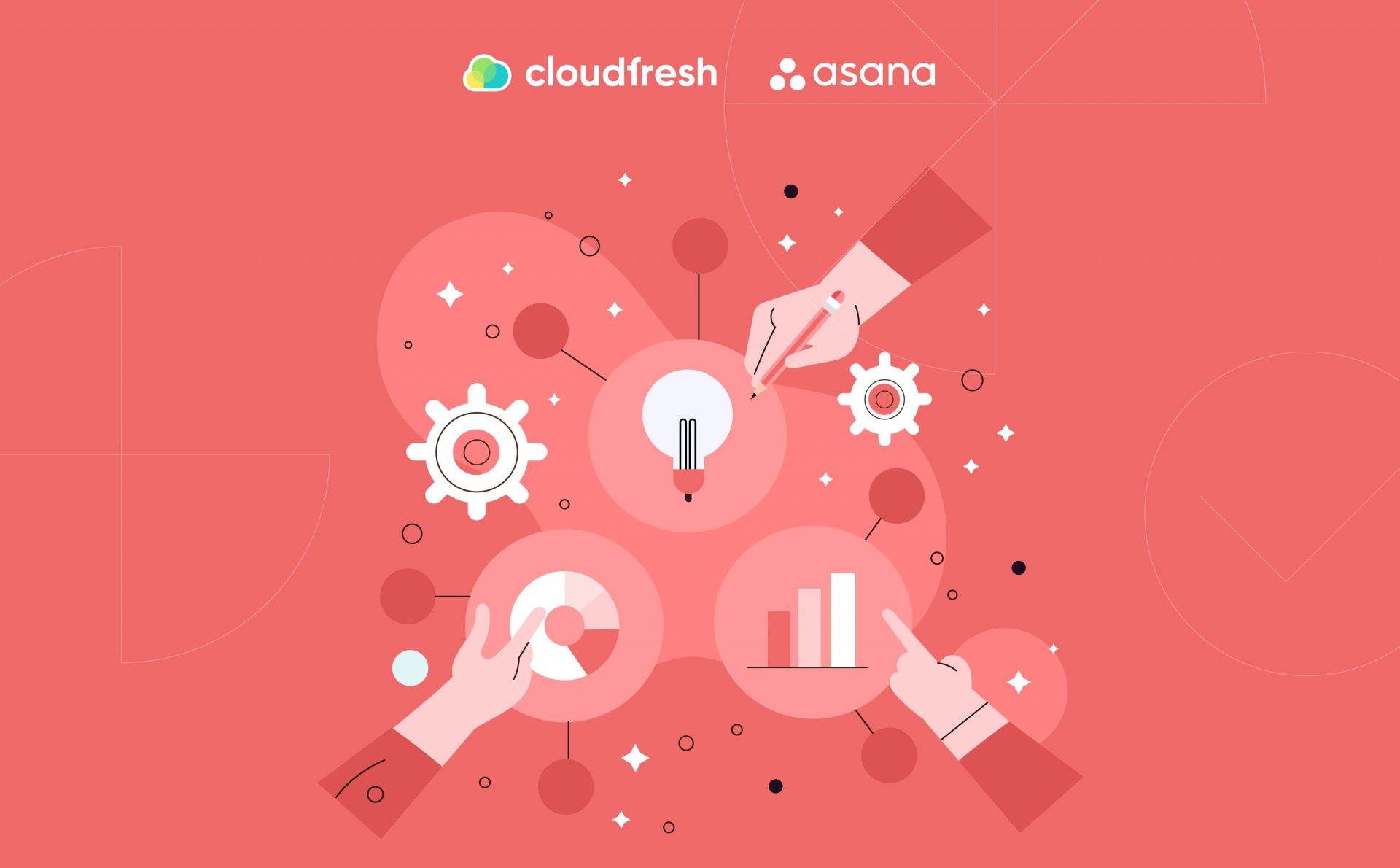
Gartner, a household name in the research and consulting space, put out a press release back in 2019, arguing that just 20% of duties typically associated with project management (PM) would make it to the year 2030. What was the reason behind this daunting prospect, you may ask? Well, Gartner analysts believed that in one decade’s time, artificial intelligence (AI) would become advanced enough to take over the usual work PMs do — namely, collecting data, tracking progress, and compiling reports.
If you feel frustrated reading this, we get it. But there’s no need to — in the same release, researchers say that AI will give PM professionals a boost to their planning and managerial skills rather than put them out of a job. That mindset is key when navigating the change already underway in project management strategies. In this article, we describe how one can apply the disruptive nature of artificial intelligence technology to time-proven project management techniques.
Project Management Techniques in Review
KPMG, one of the Big Four advisory services providers, found that among software development organizations, 67% prefer Agile techniques either in part or in full, while only 9% opt for partial/pure Waterfall. Surveying digital leaders who had adopted Agile, KPMG discovered that 78% and 46% used Scrum and Kanban, respectively. That being said, let’s dive into each of the most popular project management techniques and see how AI can transform them.
Scrum
As you already know, under traditional Scrum, one usually breaks down a project into short cycles that are called sprints and last anywhere between two and four weeks. The team works on a prioritized backlog of tasks within each sprint and takes part in daily meetings held to discuss progress and spot any roadblocks.
What artificial intelligence can do for you here is recommend optimal sprint lengths based on team velocity (completed work per sprint) and historical performance. It can also analyze past roadblocks and offer ways to mitigate them in future sprints.
Kanban
Since Kanban represents tasks by cards that move through the board columns as they progress, it provides you, a project manager, with a neat way to monitor what each of your team members is up to and optimize task flow.
But what if we told you that instead of manual tracking, you could delegate to AI? It would analyze Kanban boards in real-time, identifying tasks piling up in specific stages and prompting you to investigate potential resource constraints or revise task dependencies to keep things smooth.
Waterfall
It’s a bit trickier with Waterfall, where you have to divide your project into distinct phases like requirements gathering, design, development, testing, and deployment. Meanwhile, you’re blocked from moving on to the next phase unless the previous one has been completed.
While Waterfall doesn’t embrace the iterative nature of AI’s strength, AI can automate routine tasks within each phase. Say, after feeding project requirements into an AI-friendly project management tool, you can have a Gantt chart drafted with all the project phases, dependencies, and initial timelines.
Just Three?
No. There are way more project management practices that rarely make reports but are nonetheless often used by PM professionals across industries.
Critical Path Method (CPM)
A critical path method determines how fast a project can be wrapped up by going down the lengthiest string of tasks. Delays in any of them directly impact the overall timeline and end date. Traditionally, project managers turn to network diagramming tools for necessary calculations.
With AI, however, you can factor in real-time project progress to recalculate the critical path dynamically and stay proactive to keep the project on schedule.
Program Evaluation and Review Technique (PERT)
PERT is similar to CPM but focuses on managing uncertainty. It’s built around probabilities (optimistic, most likely, and pessimistic durations) to account for potential variations in how long tasks might take.
With project management methods like this, AI can look at past project data, resource capabilities, and industry benchmarks to generate more realistic estimates.
Work Breakdown Structure (WBS)
Being inherently hierarchical, WBS breaks down a project into progressively smaller and more manageable deliverables. Think of it like a roadmap that shows every step needed to reach your final project destination. Normally, PM professionals brainstorm and identify all the deliverables needed to complete the project, later decomposing them into smaller tasks. That way, they create a branching structure that shows how each element relates to the overall project goal.
With the help of AI, you can ensure all essential subtasks are captured and properly outlined, reducing the risk of messing up because of inadequate project planning techniques.
Lean Management
Lean isn’t one of single project management techniques; rather it is a philosophy that puts stress on continuous improvement and waste elimination.
Nevertheless, AI can be a powerful tool within this framework. It can analyze vast amounts of project data to locate the root of all waste, such as rework, waiting times, or underutilized resources, allowing you to focus improvement efforts on areas with the biggest impact.

Asana AI
If you’ve been wondering if there are solutions that are AI-compatible already, we’ve got some really good news regarding the project management techniques described above.
Available in 192 countries and counting over 90,000 paid organizations and millions of those using it free of charge, Asana is the leading project management software (make sure to check out our general guide on how to use Asana effectively). Given its position in the market, it is only logical that Asana has decided to foray into the artificial intelligence space. The distinct features of its AI offering and their usage are based on a billing plan; below, you can find a brief overview of each.
Members on the Starter (150 monthly actions), Advanced (1,500 monthly actions), Enterprise (unlimited monthly actions), and Enterprise+ (unlimited monthly actions) plans can opt for the following capabilities:
- Smart summaries is set to put wading through endless conversations and comments to an end. It extracts key action items and highlights, giving you a quick and clear understanding of what needs your attention.
- Smart editor helps you craft clear, concise, and impactful messages. This AI assistant ensures your writing strikes the right tone and avoids misunderstandings. No more worrying about typos or unclear instructions — focus on getting your message across effectively.
- With Smart fields, cross-functional collaboration just got easier. Have custom fields relevant to your project automatically generated and keep everything organized and easily searchable. No more scrambling to create the right fields for different team members — Asana’s AI takes care of it.
- Smart status analyzes your project and generates automatic updates that uncover blind spots, unresolved issues, and potential roadblocks.
- Smart answers uses natural language processing (NLP) to answer your questions about tasks and projects in real-time. Identify blockers, determine next steps, and make informed decisions — all within Asana.
- Catching up on project activity can be time-consuming. Smart digests eliminates that hassle by providing a scannable summary of all recent updates and highlights that won’t take up much of your schedule, however busy it is.
- In case you’re tired of manual data entry and repetitive actions, Smart rules lets you create automated workflows using natural language prompts. Tell Asana what you want to automate, and let AI handle the heavy lifting.
As for the Premium, Business, and Legacy Enterprise tiers, the only features available to these users of Asana software are:
- Smart summaries.
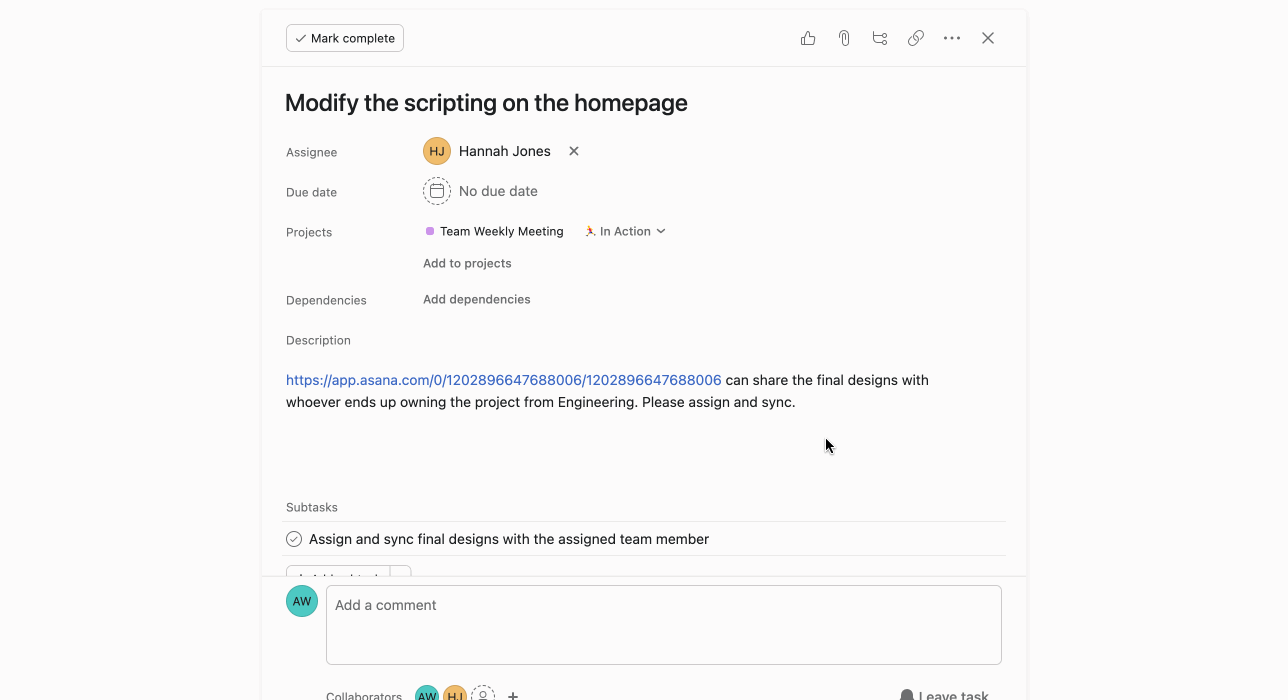
- Smart editor.
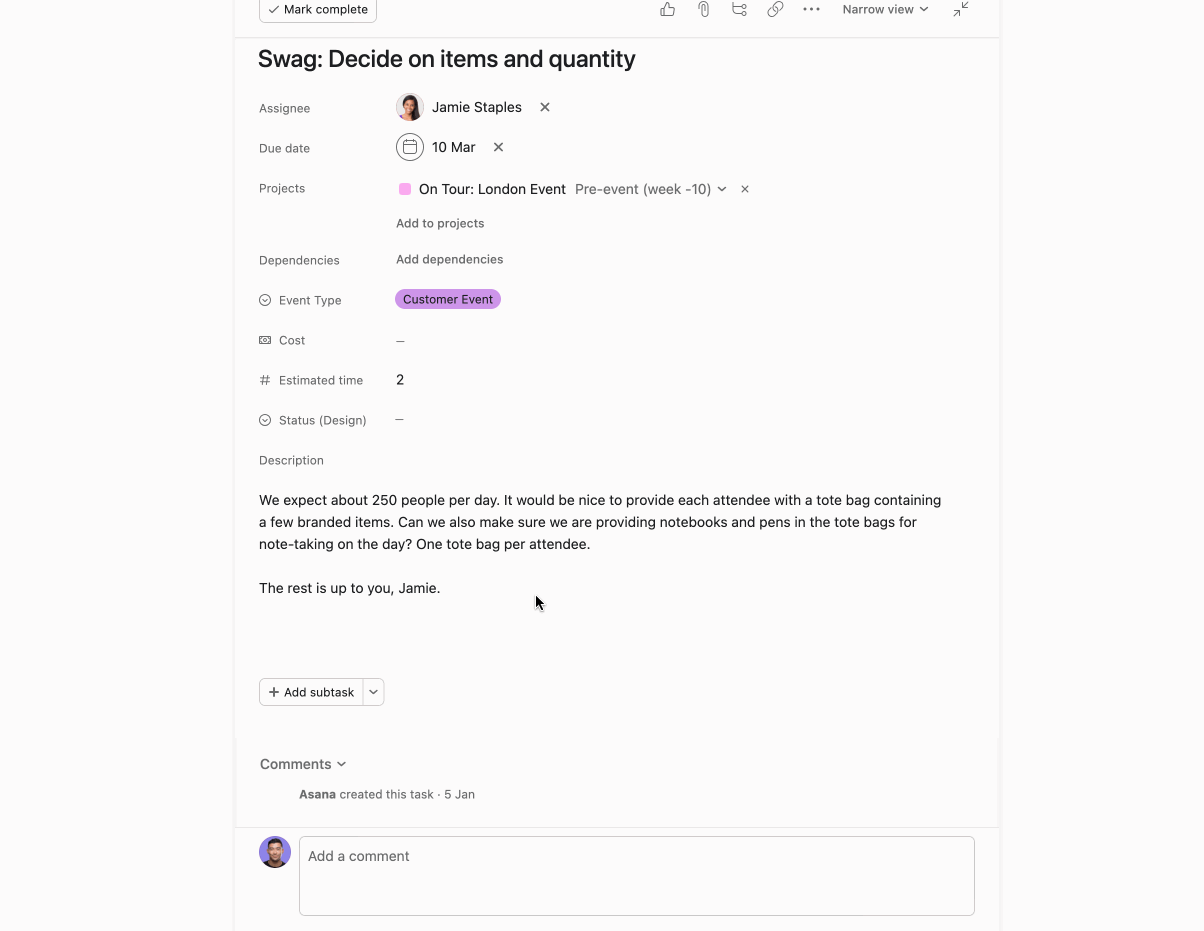
- Smart fields.

It is important to note that all of the components mentioned above are powered by third-party partners of Asana, namely, Anthropic and OpenAI. It’s also worth noting that Asana has several measures in place to safeguard customer data. One, the partners do not use the information you provide for model training purposes. Two, they are obliged to remove your data promptly once a query has been completed.
What’s interesting is that Asana launched a dedicated AI service page on its website, teasing new features such as Smart goals and Smart reporting and marking June 5th of this year as a day when it redefines work management once again. Whether the company lives up to the expectations remains to be seen, but one thing is for certain: AI tech is here to stay, with more and more vendors following in Asana’s footsteps.
About Us
Cloudfresh is an Asana Solutions Partner.
We want you to focus on what matters most — achieving results. Our lightning-fast response times across multiple channels ensure you’re never left hanging.
As we’ve empowered businesses in gaming, manufacturing, retail, e-commerce, food delivery, healthcare, finance, insurance, and banking to achieve peak performance, we understand your unique industry challenges and deliver solutions that just fit.
Make no mistake: Cloudfresh not only resells Asana but also unlocks the full potential of project management techniques. Our certified Asana experts provide personalized services like training, design & discovery sessions, and more. We’ll help you maximize cost savings and efficiency, all while guaranteeing top-tier service.
At Cloudfresh, we also believe in building a knowledge-driven workforce. As an Asana implementation consultant, we offer a comprehensive suite of services, including audits, QBRs, regular check-ins, and customized employee training programs.
Last but not least, we’re passionate about helping businesses of all sizes leverage the power of artificial intelligence in product and project management. We’ll guide you through every step of the journey — from selecting the perfect AI solution to getting it up and running and measuring the impact.
If you’d like a Proof-of-Concept to see what exactly Asana would mean for your organization, reach out using the form below.













